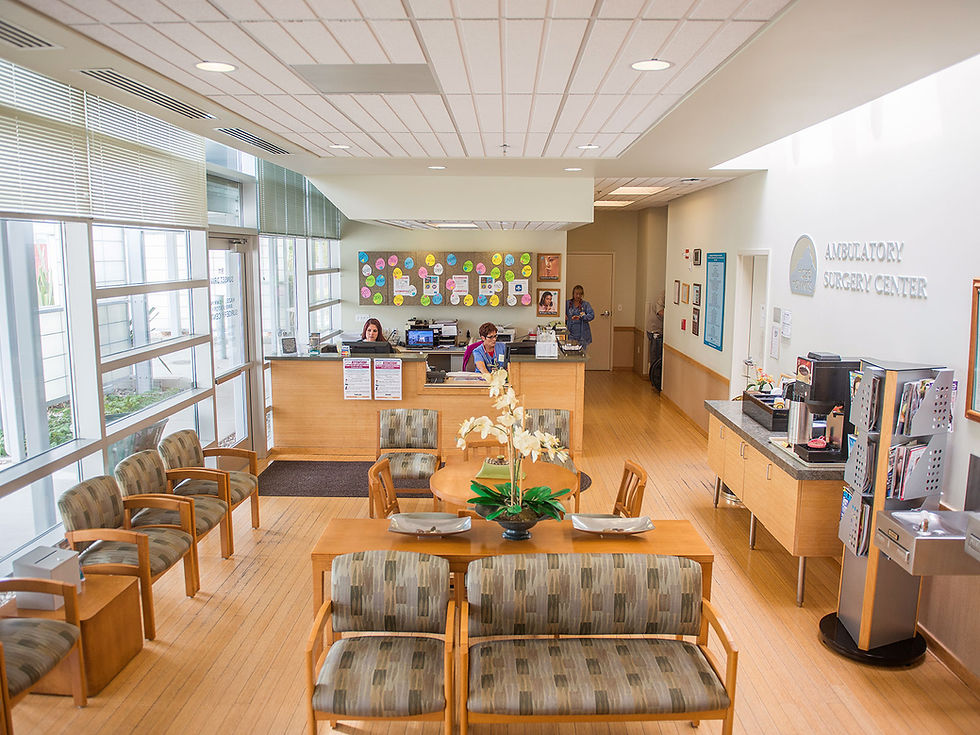Caring for a Parent After Hip Replacement Surgery
- Dr. Troy Miles

- Jul 4, 2018
- 2 min read

Hip replacement is a team sport. In order to achieve the best results, we need everyone to get involved. That means the patient and our own medical team here at Shasta Orthopaedics, of course, but also the patient’s family members and friends.
One of my concerns for patients going home after hip replacement surgery is that they have the support of a family or friend who will be available 24/7 during the first few days after surgery.
If you are planning to serve as the caretaker for someone who is undergoing hip replacement surgery in Redding, California, or elsewhere, please keep these tips in mind.
After surgery, a person’s home will need to be kept free of clutter. Most patients will use a walker after hip replacement surgery, and later a cane. During this time, it is very important that the caregiver keeps the patient’s home cleared of any debris to avoid trips and falls. I also recommend that caregivers remove area rugs or furniture that might get in the way of the patient’s mobility during the early recovery period.
Before surgery takes place, it’s a smart idea to install a toilet seat raiser, risers on the stairs, and a grab bar in the shower.
Physical therapy is a necessity after surgery, and patients who have undergone hip replacement will need help getting there. As a caregiver, you should expect to be your loved one’s source of transportation for several weeks. Please check with our office for a complete rundown of the physical therapy sessions and follow-up appointments your loved one is scheduled for.
Caregivers help us protect against complications. As a caregiver, it’s vital that you are aware of what complications can occur during recovery from hip replacement surgery, so that you can help us watch out for them. For example, one of the biggest complications to watch out for is a blood clot. I also advise patients and their caregivers to look for swelling in the leg, along with tenderness in the calf, knee, or groin. If you see any signs of complications or infection, please call our office at Shasta Orthopaedics and take your loved one to an emergency room immediately.
Pain management is a critical component to recovery. Your loved one will rely on you to help manage his or her pain for several weeks after surgery. The best way to do this is by following the surgeon’s recommendations closely, with regard to medication dosing and timing. Repositioning your loved one when he or she is lying down, sitting up, or standing, can also help minimize discomfort.
As a caregiver, you play an important role in the recovery process following hip replacement surgery. If you’d like additional information about how you can help, please reach out to my office at Shasta Orthopaedics in Redding, California.



Comments